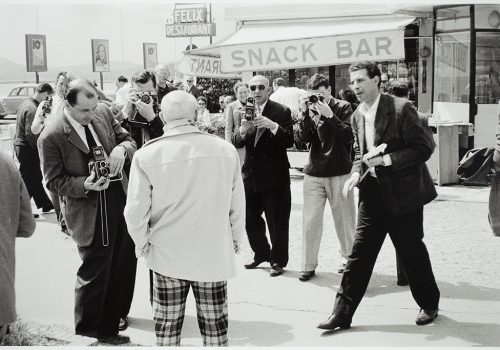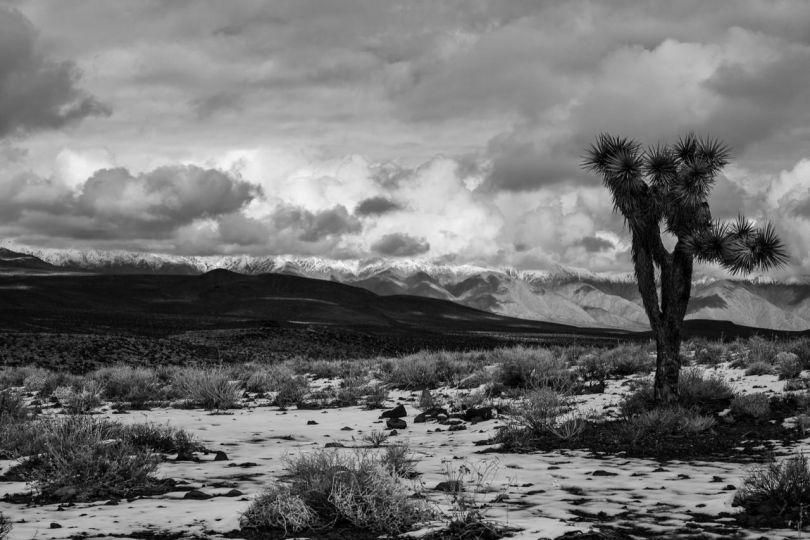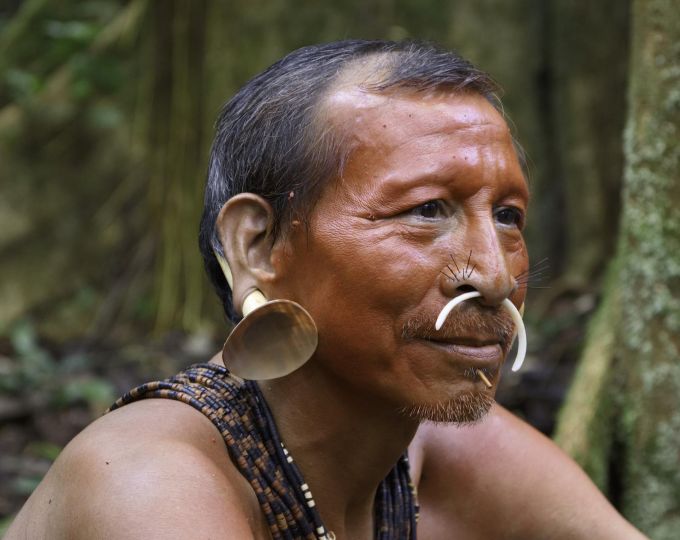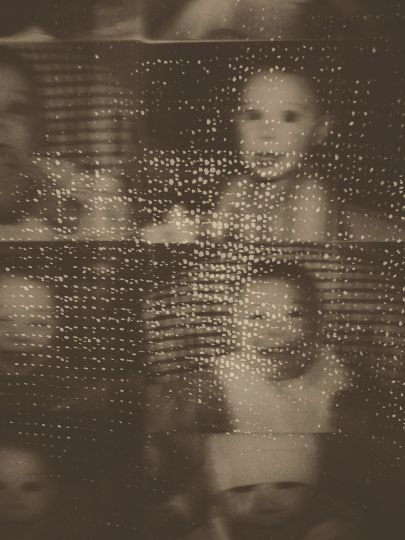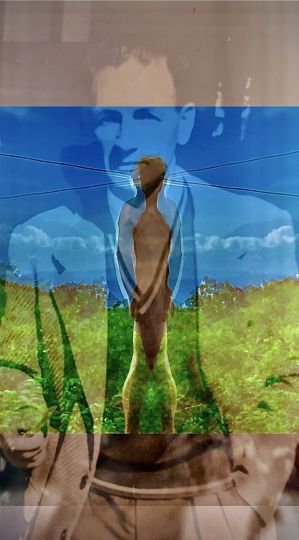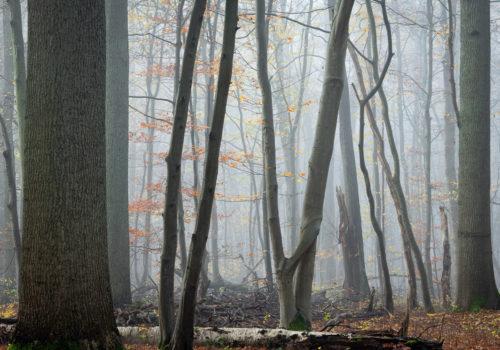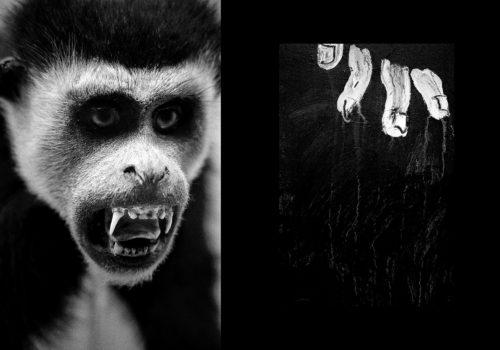Historically speaking, the beginning and development of photography coincided with the gradual abandonment of figuration in painting. And it is not uncommon for the rise of the photographic technique and its irruption in the visual arts to be attributed to the decline of a pictorial tradition that dates back at least from the Renaissance. The relationship of rivalry established between painting and photography is, however, perhaps more ambiguous than the chronology suggests, judging by the discoveries of the history of art and museology. These two sciences revealed to us, for example, that Ingres, the first painter to have publicly scorned this technological invention, used it, with remarkable results.
As for Picasso, as his friend Man Ray already noted in the Cahiers d’art in 1937, he maintained with the camera an even more fruitful and complex relationship, a relationship that we could begin to analyze from 1992, when his heirs donated part of the painter’s photographic archives to the French state. It took years to catalog and study the mass of material of this legacy. It is thanks to Anne Baldassari, curator at the Picasso-Paris National Museum, that began the search on the black and white and color photographs in the course of the 2000s that joined the funds. of the museum. They do not only contain those of the great photographers who immortalized the painter (such as Brassaï, René Burri, Robert Capa, Henri Cartier-Bresson, Robert Doisneau, David Douglas Duncan, Herbert List, Dora Maar, Man Ray, Arnold Newman and Edward Quinn , among others), but also the many photos taken by Picasso himself. While the latter sometimes served him to fix his pictorial motifs or to account for his creative process, they also allowed him to be the indisputable sovereign of his kingdom, the studio, while reinforcing the ideal image of the modern artist, or to testify of his human dimension by showing himself in his intimacy, sometimes surrounded by his family or his friends. Even if it is necessary to clarify the authorship or the intention of some photographs, this collection of nearly eighteen thousand images made it possible to discover the various uses that the artist made of it, from his first Parisian stay, in 1901, to his death in 1973.
Picasso, le regard du photographe offers a selection of photos from the fund of the National Museum Picasso-Paris to attest to the complex relationship established by the artist with photographic representation. In addition to this important ensemble, we present a compilation of the best snapshots from our archives, taken by Lucien Clergue, Michel Sima and David Douglas Duncan, among others, as well as two less well-known series, from private collections, which bear witness to the encounters that their authors, Nick de Morgoli and Leopoldo Pomés, had with the artist in his workshops on the rue des Grand Augustins and Villa California.
EMMANUEL GUIGON
Director of the Picasso Museum
The Picasso exhibition, the photographer’s gaze offers a dive into the world of Pablo Picasso through photography, a multiple mode of expression producing images so diverse that they carry all the facets of a creator in turn author, model, witness and spectator of his work and his life.
The gaze is an external “eye” that captures what others do not see but also the artist’s vision of his own image and artistic practice.
This photographic stroll from studio to studio tries to show the multidisciplinary richness of the Picassian work where the priority was experimentation whatever the technique and the support used.
Playing the reporter for a summer’s time, through the inspired and playful self-portrait, to the use of his image as an icon, Picasso had a complex and strong relationship with photography and the photographers he invited into her creative intimacy.
Based on the abundant collection of personal archives of the painter, the exhibition presents more than a hundred vintage photographic prints as well as unpublished glass plates. The course, composed of chronological sections and thematic focus, is punctuated by major and unusual works: sculptures, paintings and drawings in dialogue with photographs.
VIOLETA ANDRÉS
Curator of the exhibition Picasso, le regard du photographe
Picasso, le regard du photographe
From June 7 to September 24, 2019
Museu Picasso, Barcelona
Montcada, 15 – 23. 08003 Barcelona
#PicassoFotografia

